CSBA CEO & Executive Director Vernon M. Billy and then-President Susan Markarian followed with a call for members to always keep front and center why they do this difficult work: the students. “Fulfilling our governance role means we must put public schools first and elevate policy above partisanship,” Markarian said. “What unites you is greater than what divides you,” Billy agreed.
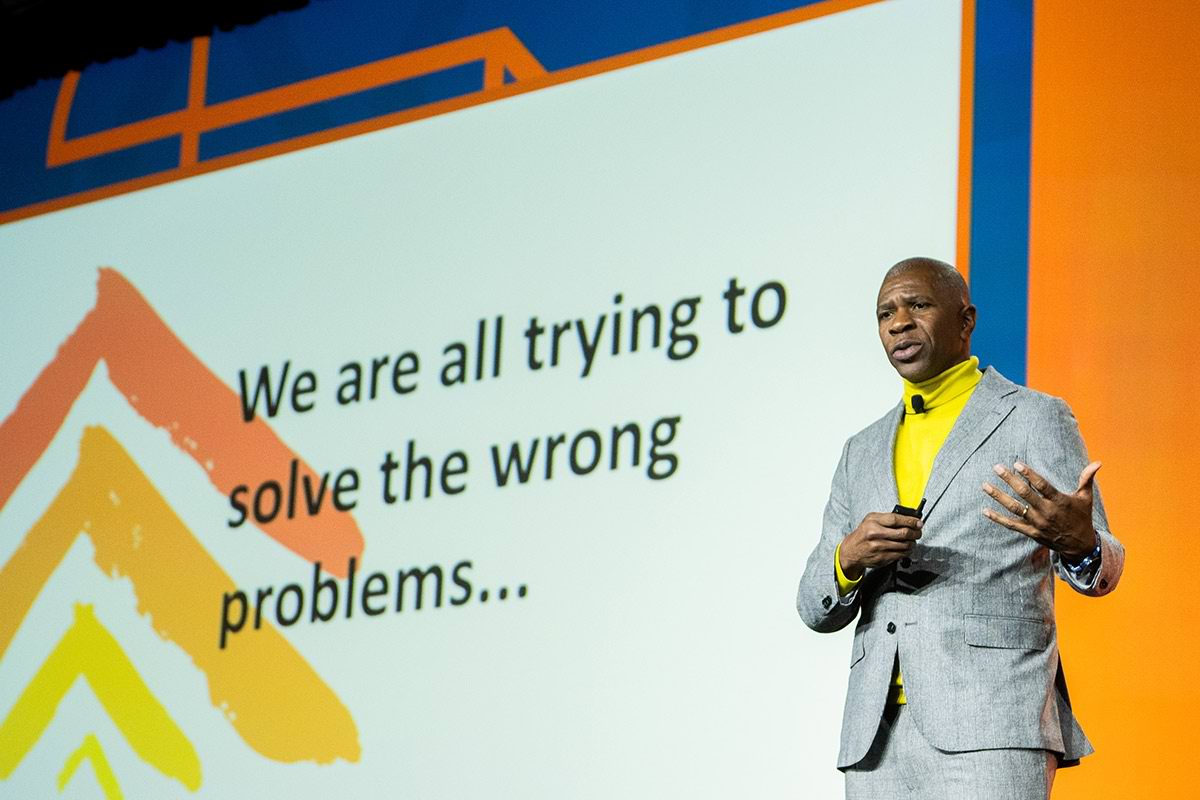
Dr. Shawn Ginwright, Jerome T. Murphy Professor of Practice, Harvard Graduate School of Education
Their remarks set the stage for an inspiring keynote address about leading from the heart from Dr. Shawn Ginwright, Jerome T. Murphy Professor of Practice at Harvard Graduate School of Education, whose work focuses on healing trauma in and empowering African American students.
“My years of work with young people has taught me that the kind of leadership that is required now is the kind of leadership that requires us to do our own work,” he said. “And that work is fundamental to our ability to create a kind of profound change in our society.”
Ginwright recalled speaking at a prison about eight years ago — the feelings of no escape as he navigated the corridors through a series of locked doors, the surprise of seeing about 250 men awaiting his arrival, their eagerness to listen and learn as he spoke about his son and the fear he felt for his child’s safety out in the world as a physically large Black boy, and one’s capacity for growth.
He then recounted speaking with a man on his way out — a big, tall man with a cut across his face who had been incarcerated since 1989. “People think I’m a threat, but I’m really a teddy bear — this is just my body,” Ginwright remembered the man saying before pulling a little bottle out of his pocket and blowing bubbles. “And he said, ‘Man, when you talked about healing, and when I blow these bubbles in here, they heal me … It makes it possible to live in a difficult situation like this. It makes it possible for me to imagine my life if I wasn’t in here. It makes it possible for me to heal myself.’”
“What are your bubble stories? How does your leadership create space for healing, well-being and community in schools?” Ginwright asked the audience. “We need bubble stories.”
These stories are critical for trustees to keep in mind as they — like many members of the education community — deal with burnout and other stressors while trying to support students during these increasingly turbulent times for schools, families and communities, he said. Often, this persistent problem solving in education begins to feel like playing Whac-A-Mole.
“When we are engaged in transformative leadership and shifting from ‘problem’ to ‘possibility’” — only then can education leaders move from simply being problem-solvers to being catalysts of change and reimagining what’s possible for students, Ginwright said.
“I believe that in many ways we’re trying to solve the wrong problems,” Ginwright said. This stems from being reactive in leadership, rather than looking at the patterns and trends and trying to anticipate what may happen next. “As we begin to think deeper about systems, we can begin to ask ourselves, ‘What are the deeply held assumptions and beliefs and values that have created the structures and the pattern that produced the events?’ And that’s where transformation happens.”
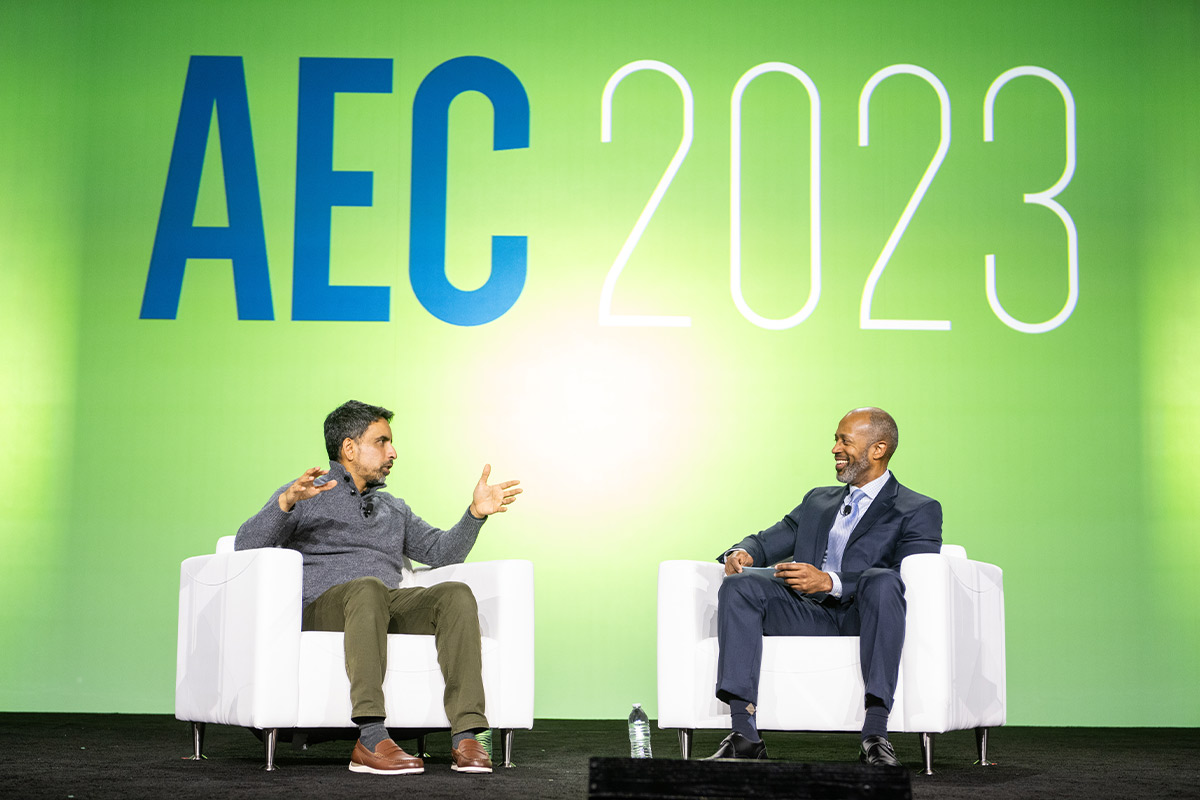
Outlining the history of modern public education, which began about 300 years ago with a utopian ideal of educating the population from a young age, Khan said, “we borrowed ideas from the Industrial Revolution” and batched children together by age, moving them at a fixed pace toward a learning standard and measuring at intervals with testing.
“Some students might get 100 percent, some students might get an 80, some students might flunk that test at a 60 percent, but we have to keep the kids moving,” Khan said. “Somehow expecting that kid who got a 70 percent on that test, that didn’t know 30 percent of the material, to then master the concept right after that. And obviously those gaps keep accumulating and then students start hitting the wall.”
Khan cited studies that found that students who dedicated just 30 to 60 minutes a week to work on mastery-based learning of the concepts they did not understand resulted in a 38 percent acceleration of learning relative to pre-pandemic norms. Now, Khan Academy is moving beyond its typical courses to provide individual tutoring through Khanmigo.
Khan Academy has built guardrails into Khanmigo that allow it to work well for students while keeping their personal data private. The AI tutor will not simply tell a student the answer, but will explain steps a student got wrong and why. All conversations are recorded and viewable by the teacher. Khanmigo also has the ability to tell students how working on a particular subject relates to their interests, making learning more relevant. Additionally, Khanmigo is not just an effective student tutor, but it has the capabilities to assist teachers in many of their duties.
“By next school year, a teacher is going to be able to work with the AI to construct assignments, provision the assignment through the AI and it will tell the student, ‘Let’s work on this essay.’ The teachers can decide how much feedback the AI will be able to give and when the student is ready to submit it, the AI will be able to tell the teacher, ‘We worked on this for about four hours. We had a little bit of trouble getting a thesis statement initially, but we eventually got there,’” Khan explained.
Khan’s wide-ranging conversation with Billy touched on AI-related concerns in education, including cheating, teacher hesitation, and how it can personalize and streamline student learning.
Khan said that according to various studies, cheating among students was rampant even before the advent of AI models like ChatGPT and districts try to tackle in different ways, such as more in-class assignments or tweaking lessons to include more interactive elements. He said AI models like Khanmigo can actually help detect cheating by giving teachers the context in which a student created and completed the assignment.
Khan Academy is currently focusing on professional development for teachers, who often see new technology as just another thing on their plate they don’t have time to learn. AI can help determine what areas individual students are struggling in, help create individual lesson plans and help with feedback and grading. “We’re already seeing data that’s saving teachers five hours a week,” Khan said.
While it can be overwhelming, Khan said this is the time to learn and experiment with using reputable AI models like Khanmigo.
“It’s all moving so fast and I know a lot of people are feeling that anxiety, but I guarantee anyone who’s talking about it right now — anyone who’s even dabbling with it right now — you are early on the curve now,” Khan said. “This is all going to happen very fast — I think faster than almost any other technology that we’ve ever had. And interestingly, unlike every other technology, I actually think education is where we’re going to see the first real meaningful systematic adoption for positive users.”
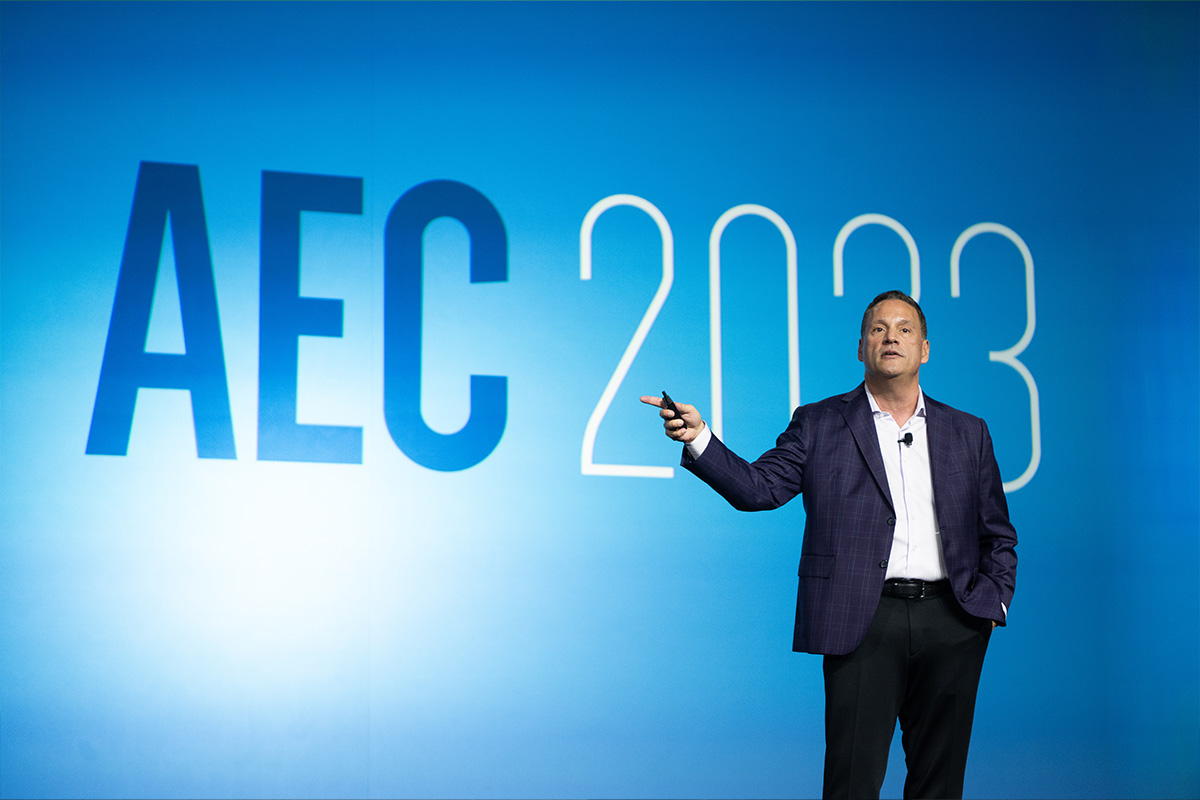
Instead of labeling youth as “lazy” or “entitled” and bashing them because they dare ask why society does things the way it does, their questions should be met with compelling reasons that make them want to participate. “If the ‘want’ is strong enough, the ‘how’ will come,” Perna said.
Perna shared his son’s journey from hating high school to being a successful software engineer after attending a programming class and realizing the future a job in the field could offer him. The younger generations connect possible careers to how they support the lifestyle they desire, Perna said, so when talking about careers, what type of lifestyle (grand, laid back or modest) they support needs to be part of the conversation.
Perna, who is also a bestselling author and contributor for Forbes, noted that “everything we teach young people has to connect to a competitive advantage so they will take a step toward something viable in their lives based on their unique interests, talents and abilities.” His concept of “education with purpose and employment with passion” ties into that notion.
Education must have a purpose from the learners’ perspectives, Perna said, adding that they must know their “why.” Perna’s company TFS Results has created Career Trees — used at schools in Riverside Unified School District — to aid students enrolled in specific programs and pathways in career exploration.
“The Career Tree is a conversation-driven strategy that motivates young people to think about the lifestyle they want to live — and the career that would make it possible,” according to the TFS Results website. “Dialogue, research, and self-discovery help move young people out of static purpose mode where they’re standing still, into active purpose where they are taking steps toward a bright future. The Career Tree inspires them to perform at a higher level, set career and lifestyle goals and build a dynamic competitive advantage — because they want to.”
And career goals don’t always need to include college, as there are many viable paths, such as certifications, that can lead to fulfilling jobs.
“Our call to action has to be that we connect, engage and answer ‘why’ for the young people in our sphere of influence by creating a strong message of value and purpose,” Perna said. “We have to connect the pipelines between education with purpose and employment with passion.”
He added that an important component of supporting Gen Z and Millennial students and staff is forming a human connection. Mutual respect and attention must be shown to young people to engage them, Perna said.
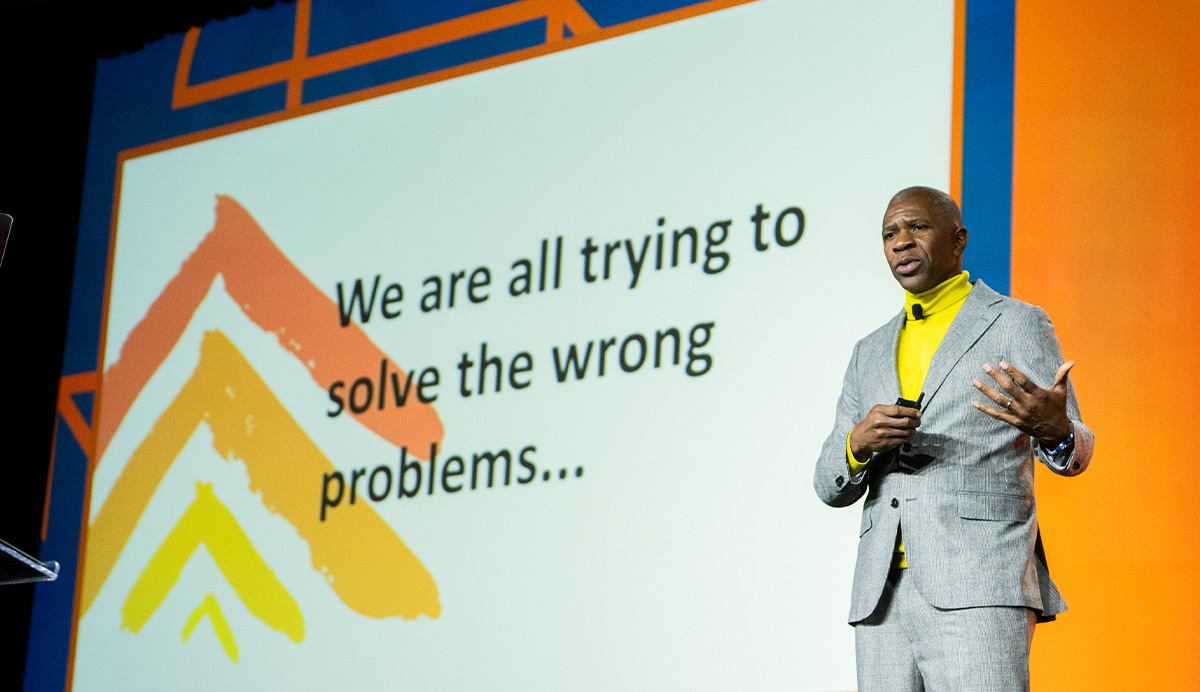
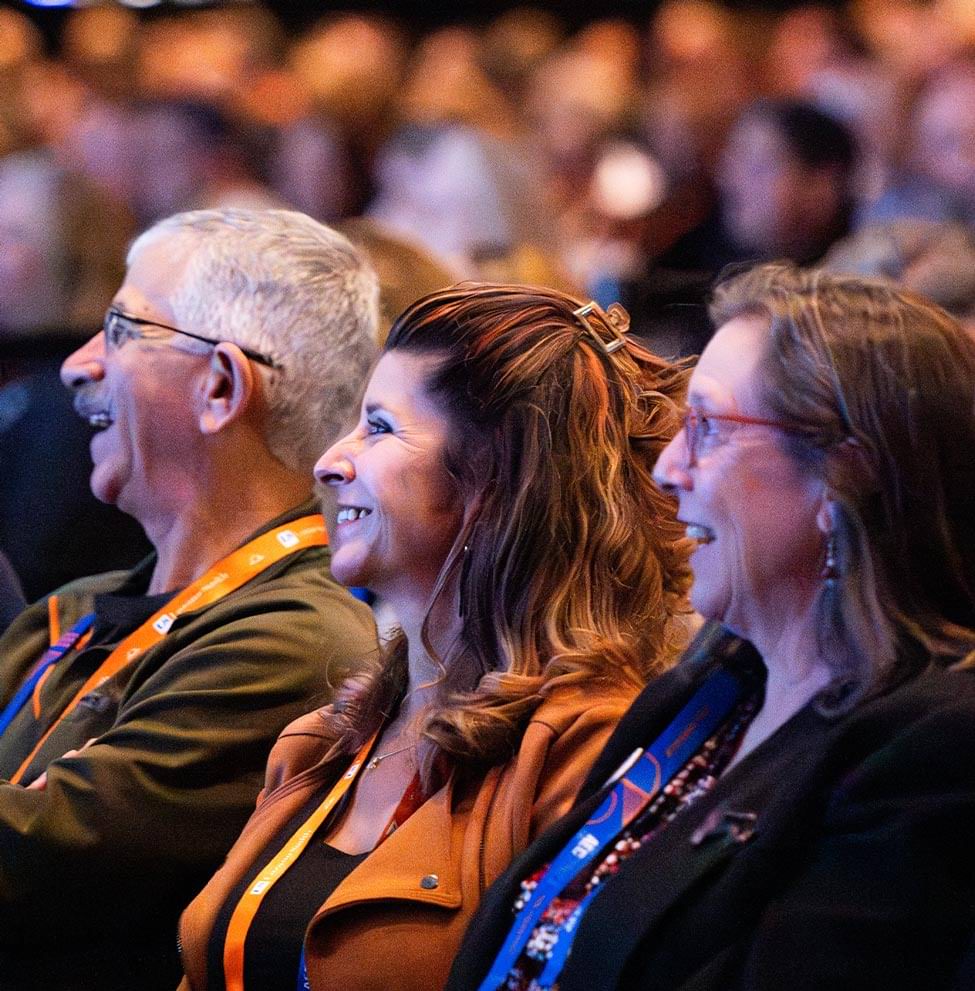
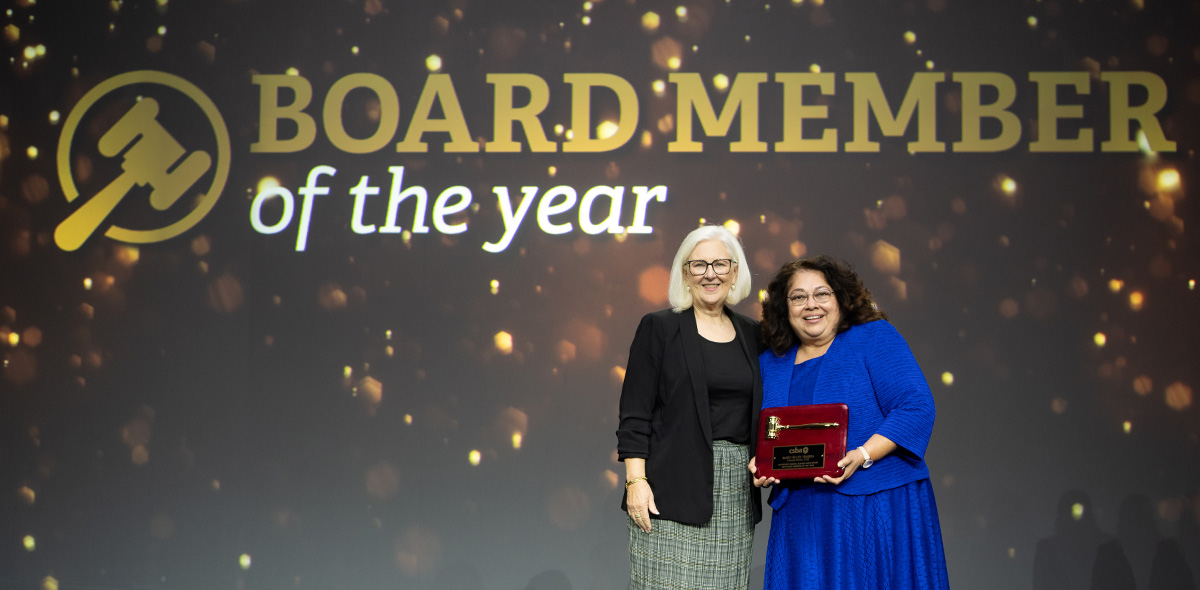
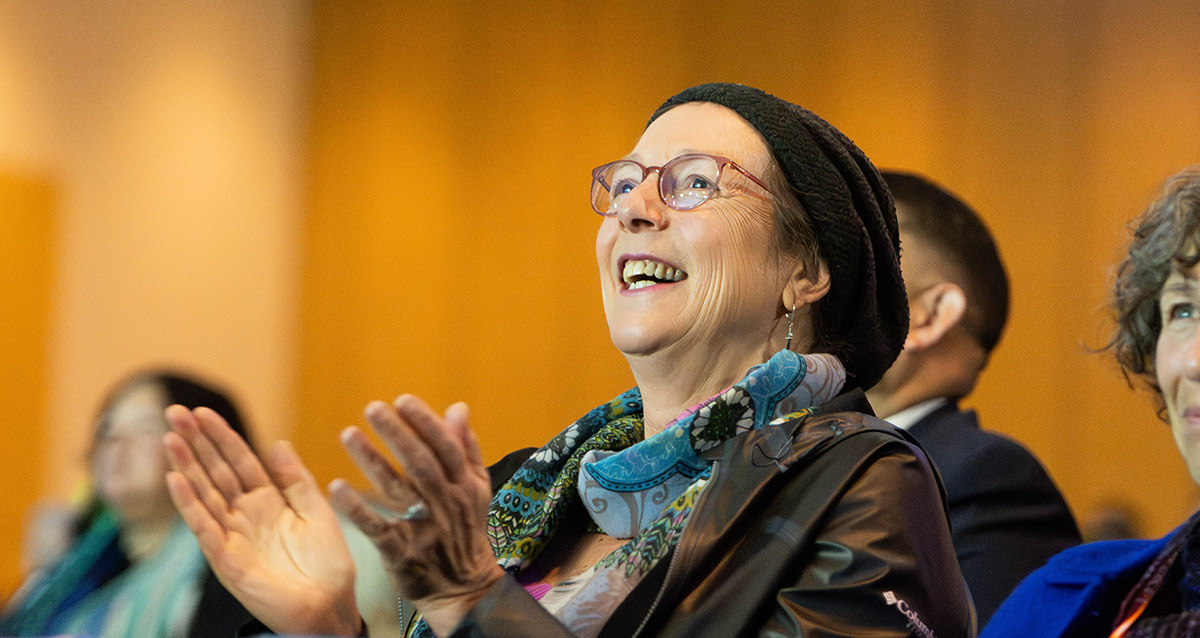
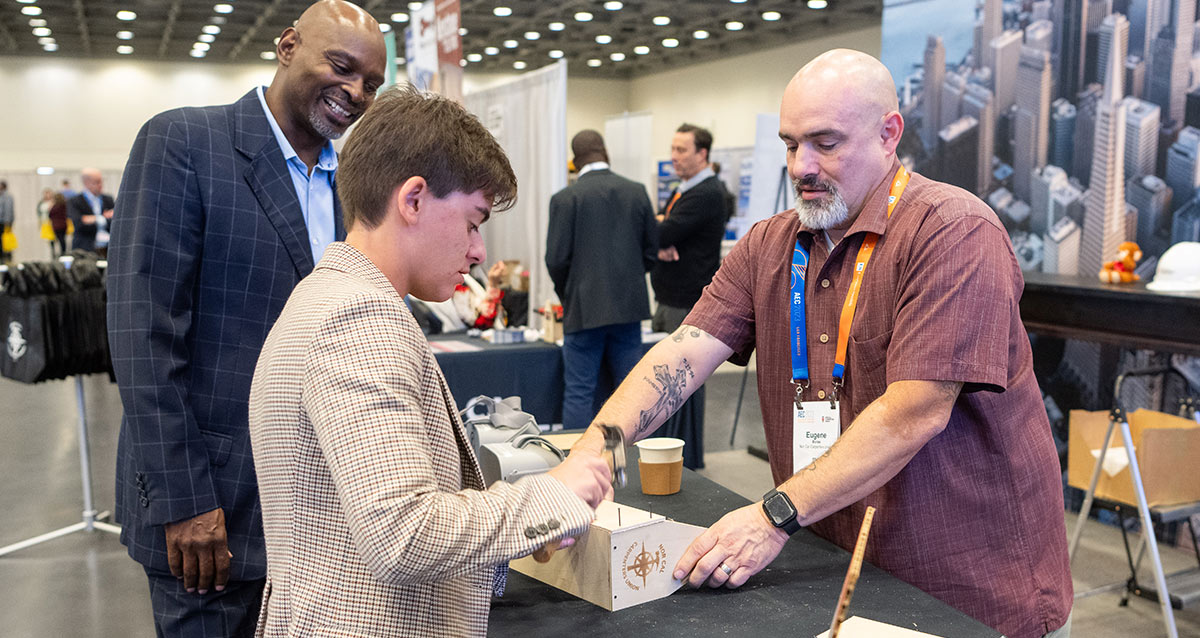
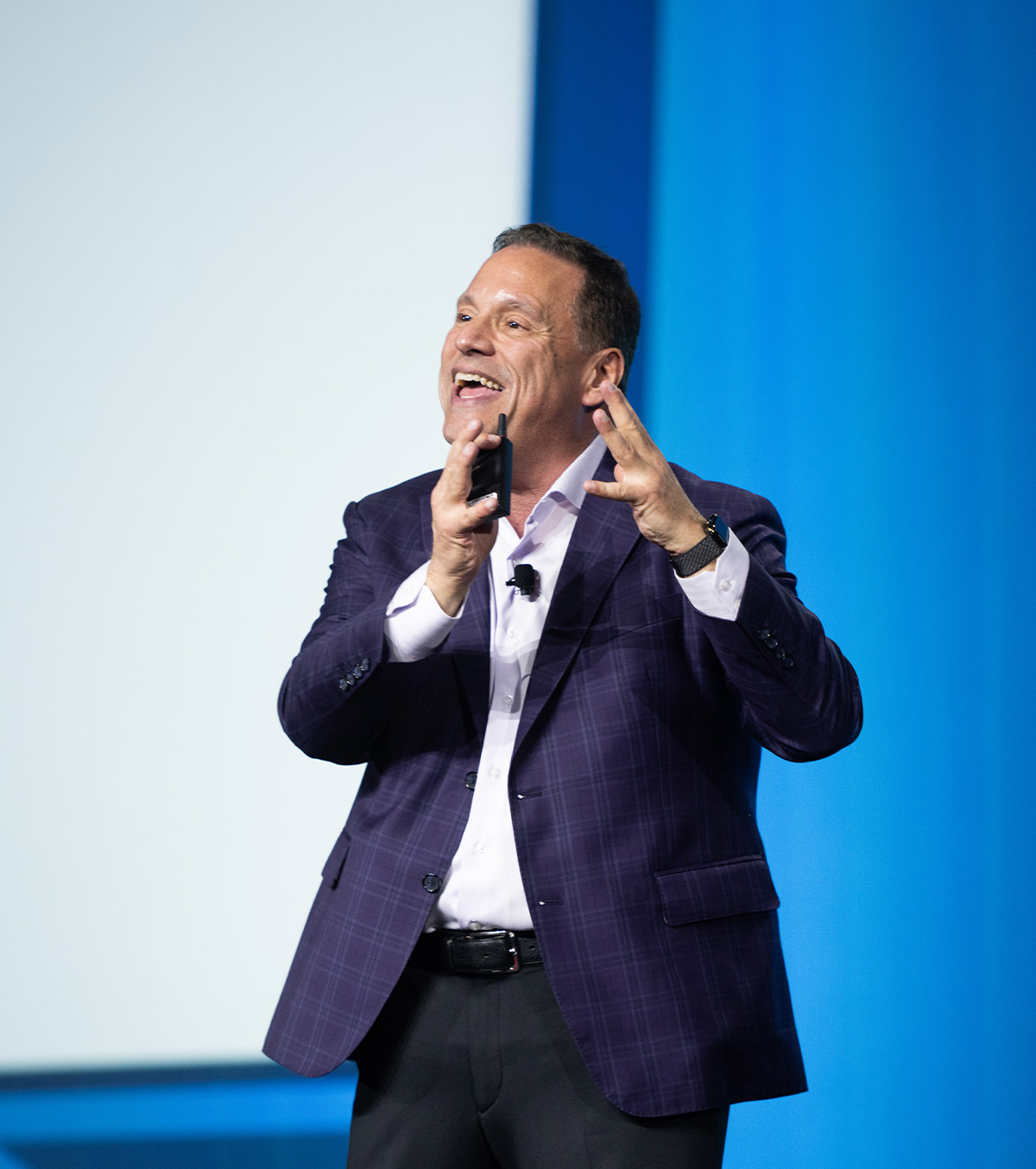
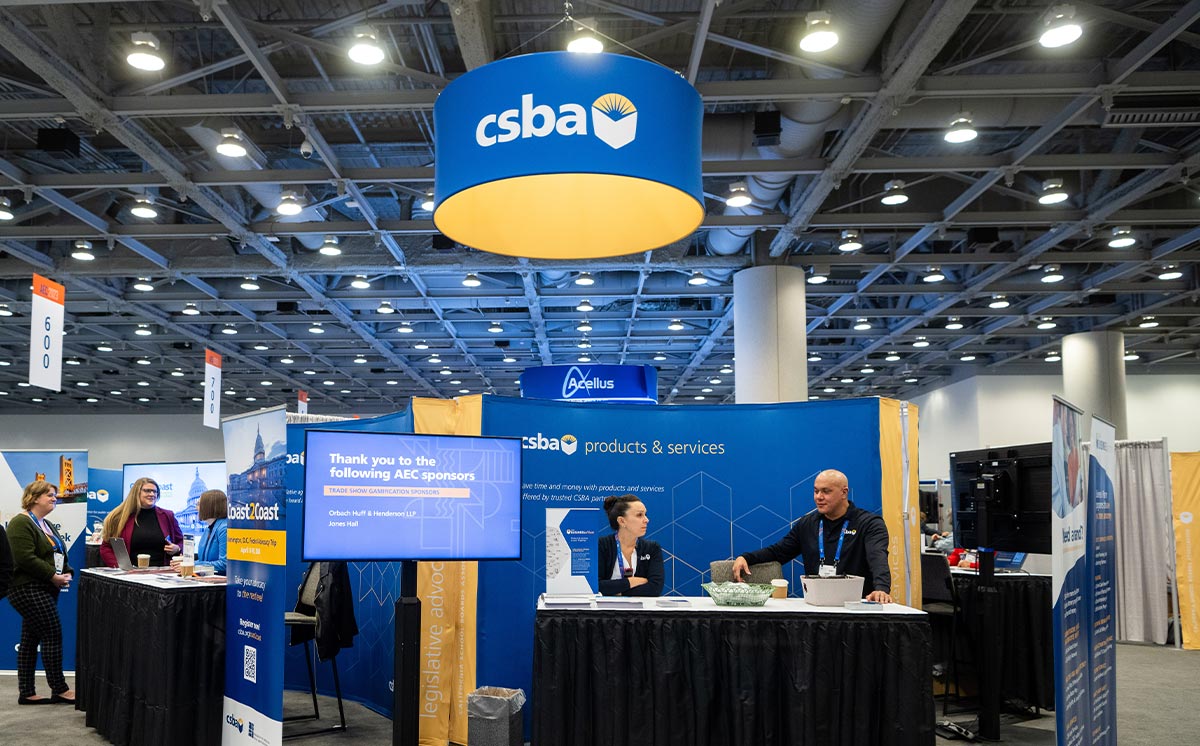
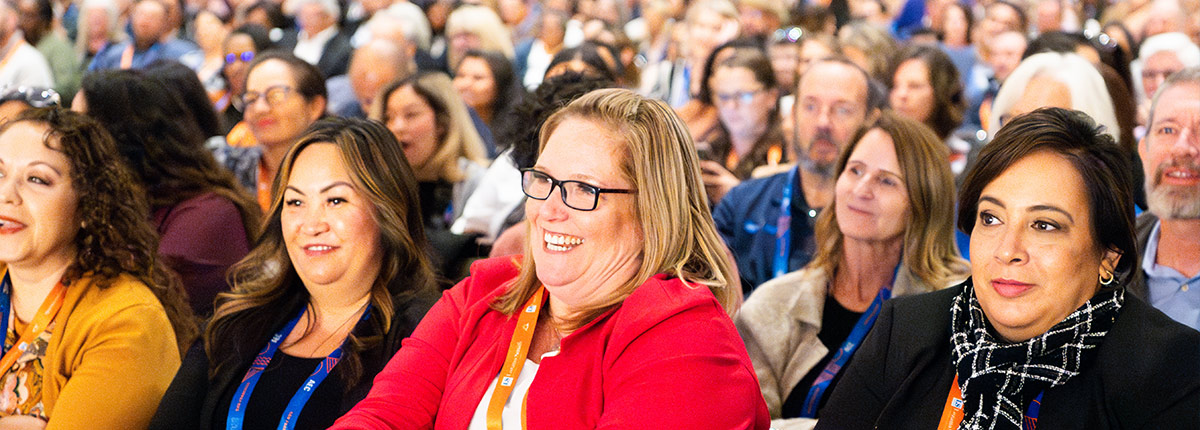
1.) State Controller Malia Cohen and State Treasurer Fiona Ma present the state fiscal outlook. 2.) Dr. Shawn T. Ginwright addresses the crowd at the First General Session. 3.) Board members listen to General Session speakers. 4.) CSBA President Susan Markarian with the Golden Gavel winner, Mary Helen Ybarra from Corono-Norco USD. 5.) The audience applauds student performers at AEC. 6.) Attendees check out vendors on the Trade Show Floor. 7.) The CSBA Pavilion on the Trade Show Floor. 8.) Third General Session speaker Mark C. Perna addresses the crowd. 9.) Trustees enjoy a General Session speaker.
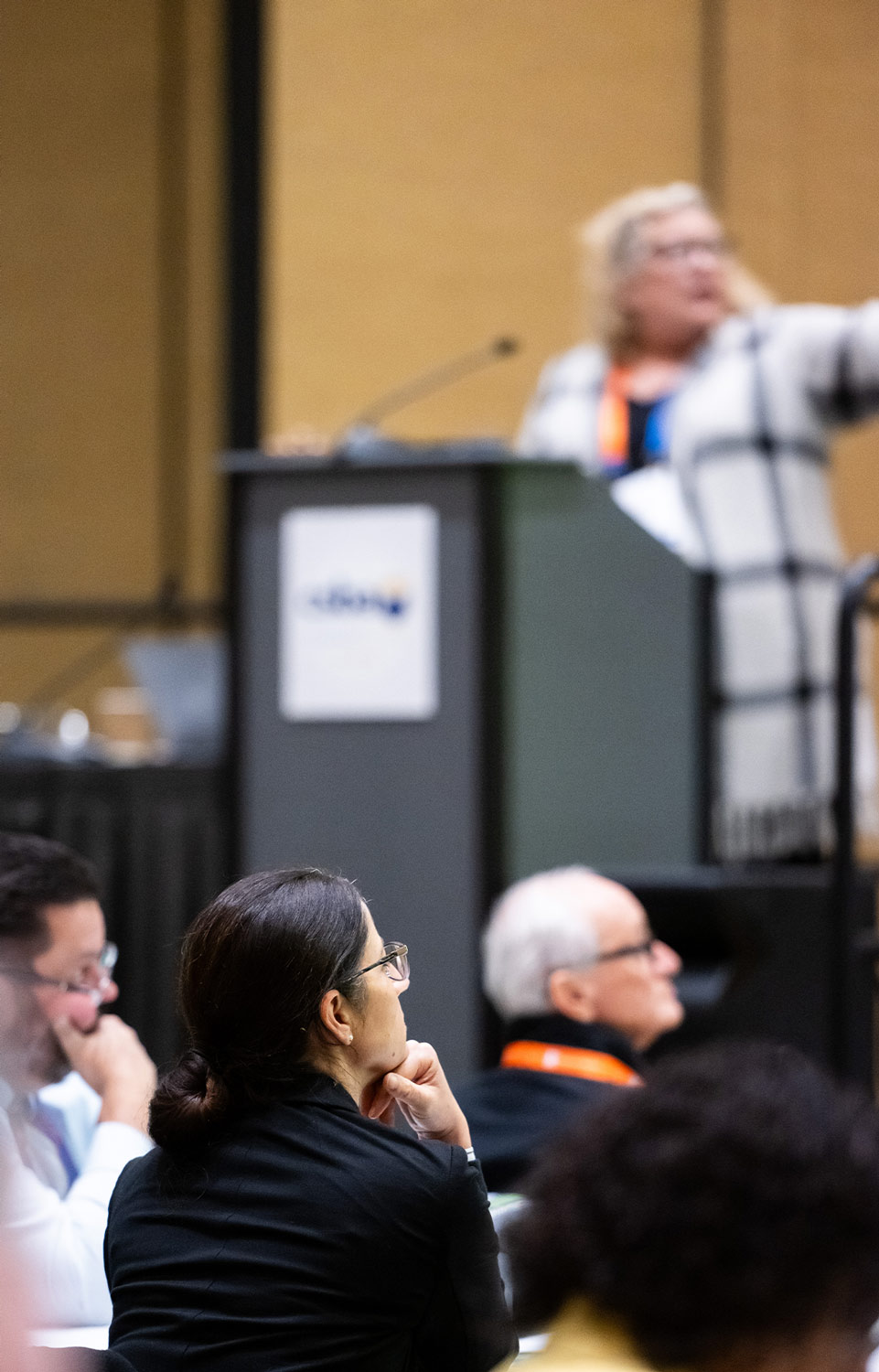

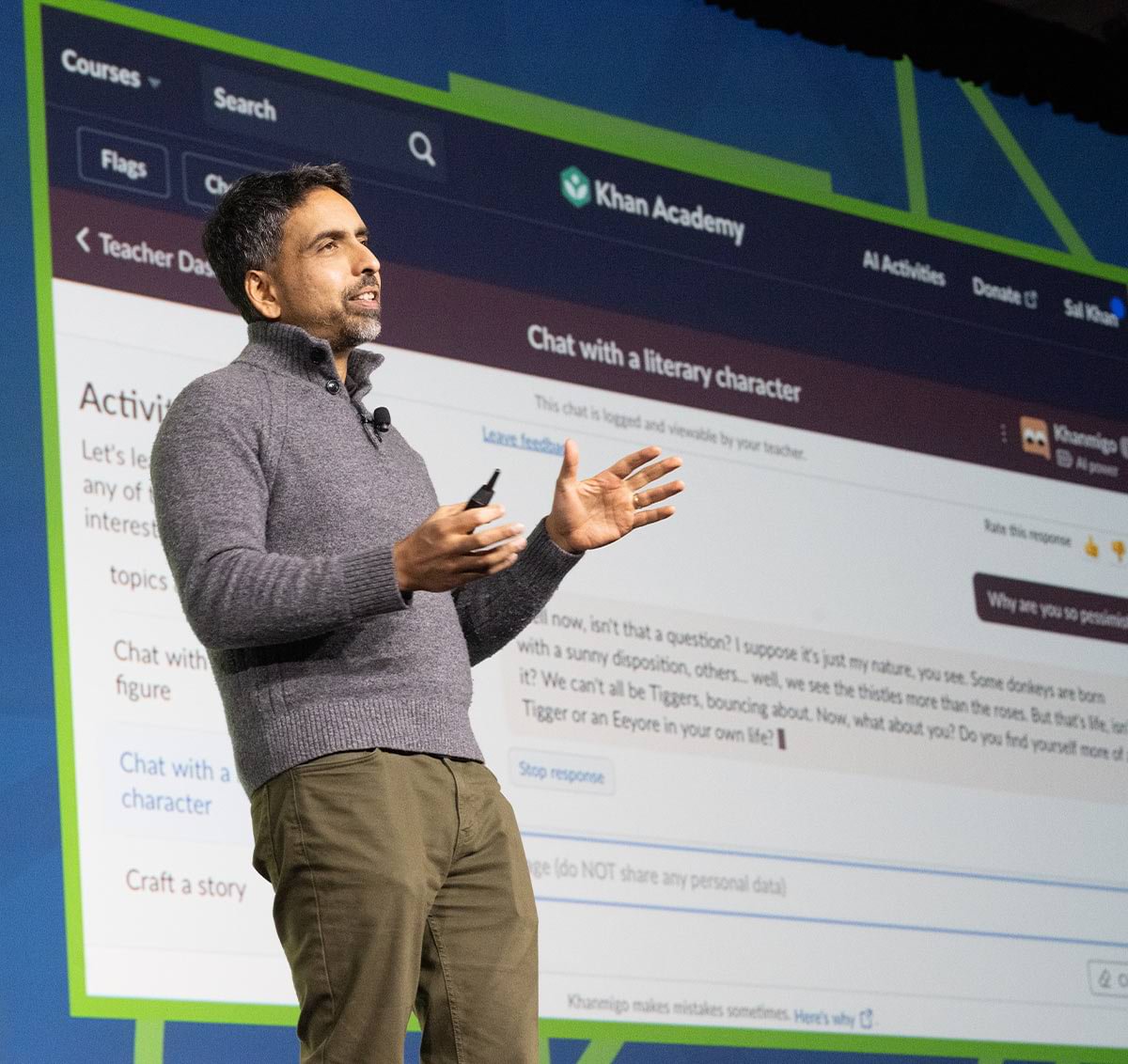
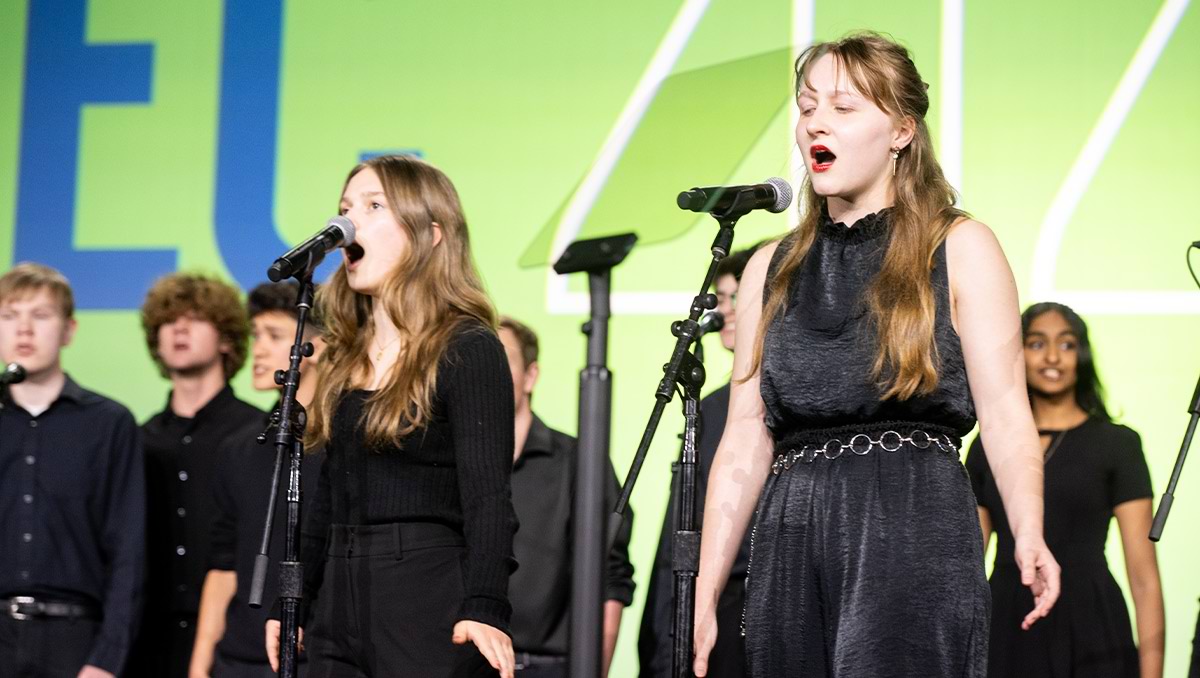
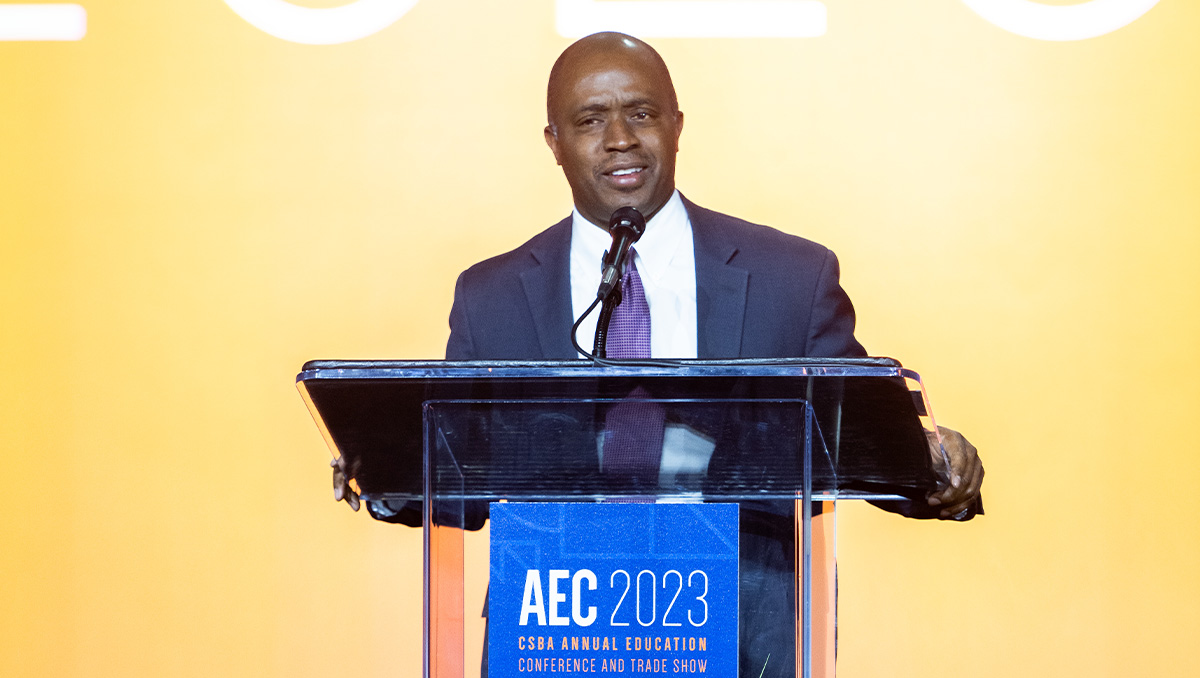
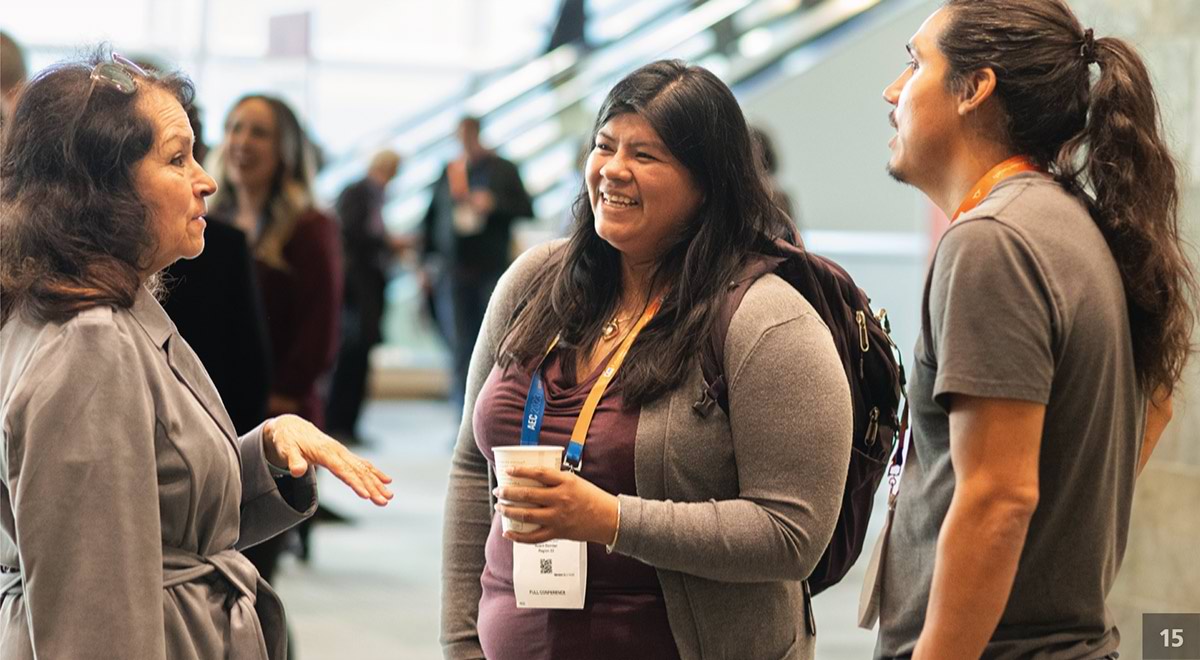
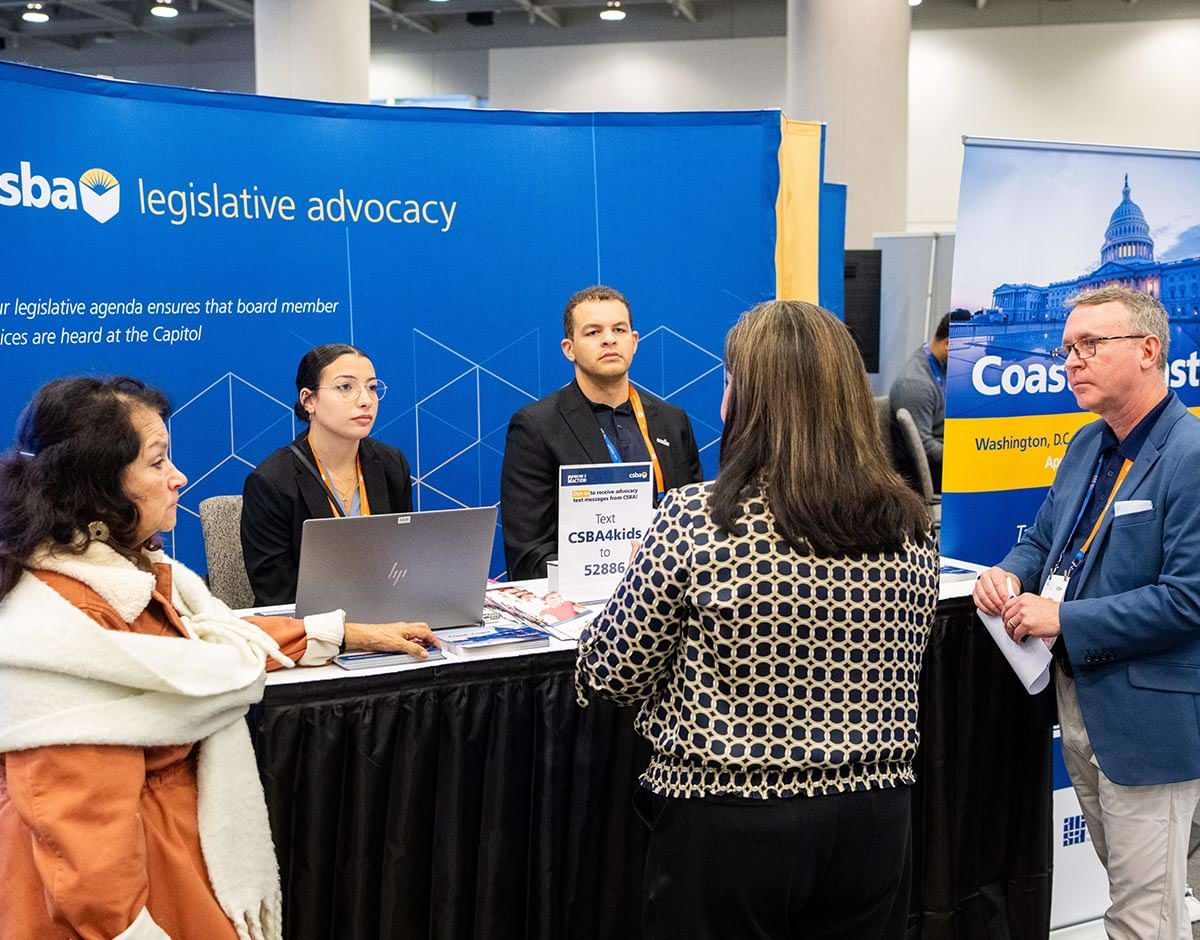
10.) Board members listen to a session led by CSBA’s Governmental Relations staff. 11.) Khan Academy Founder Sal Khan during the Second General Session (GS). 12.) Carlmont Chamber Singers from Sequoia Union HSD perform during the Second GS. 13.) State Superintendent of Public Instruction Tony Thurmond speaks at the First GS. 14.) The Trade Show Floor. 15.) Board members networking. 16.) The McLane High Hmong Dance Group from Fresno USD. 17.) Trustees visit the CSBA Pavilion.
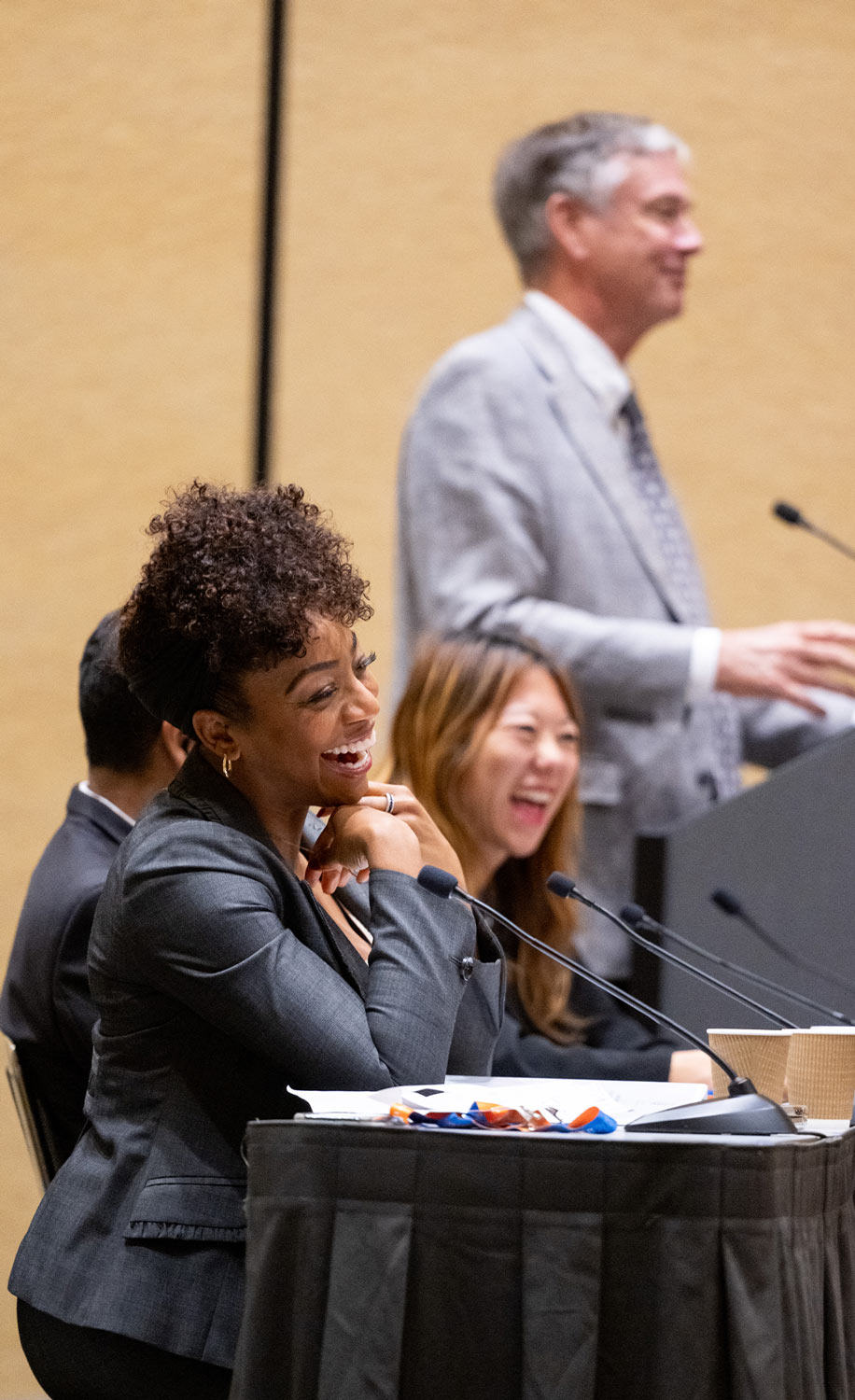








1.) State Controller Malia Cohen and State Treasurer Fiona Ma present the state fiscal outlook. 2.) Dr. Shawn T. Ginwright addresses the crowd at the First General Session. 3.) Board members listen to General Session speakers. 4.) CSBA President Susan Markarian with the Golden Gavel winner, Mary Helen Ybarra from Corono-Norco USD. 5.) The audience applauds student performers at AEC. 6.) Attendees check out vendors on the Trade Show Floor. 7.) The CSBA Pavilion on the Trade Show Floor. 8.) Third General Session speaker Mark C. Perna addresses the crowd. 9.) Trustees enjoy a General Session speaker.






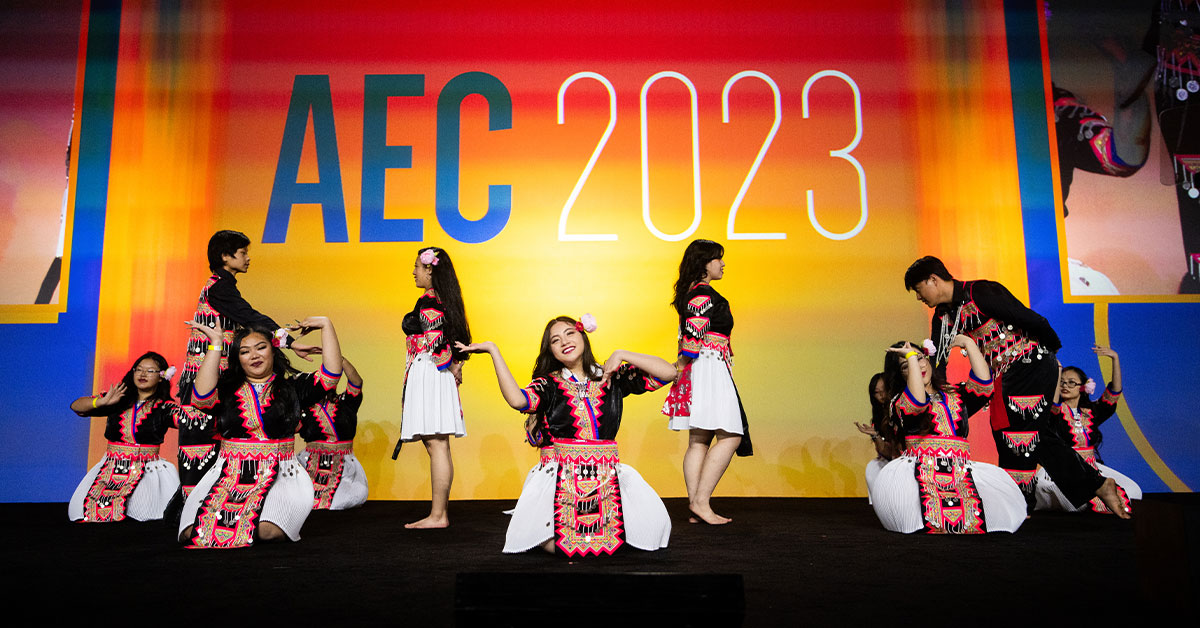

10.) Board members listen to a session led by CSBA’s Governmental Relations staff. 11.) Khan Academy Founder Sal Khan during the Second General Session (GS). 12.) Carlmont Chamber Singers from Sequoia Union HSD perform during the Second GS. 13.) State Superintendent of Public Instruction Tony Thurmond speaks at the First GS. 14.) The Trade Show Floor. 15.) Board members networking. 16.) The McLane High Hmong Dance Group from Fresno USD. 17.) Trustees visit the CSBA Pavilion.